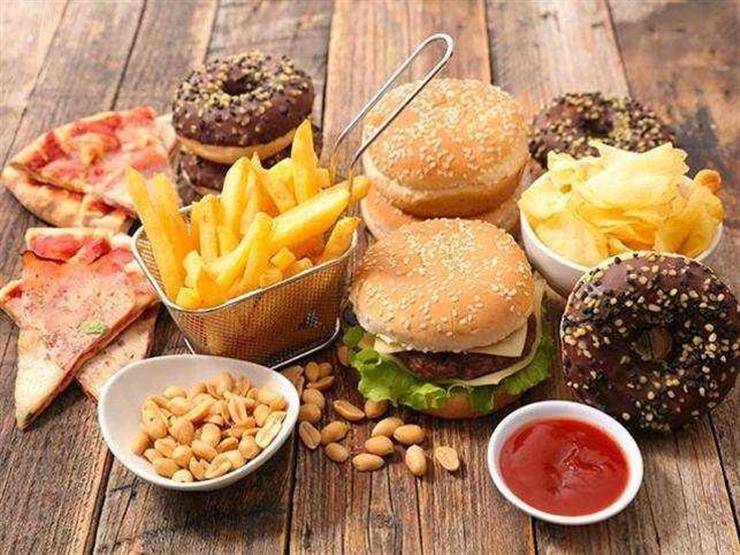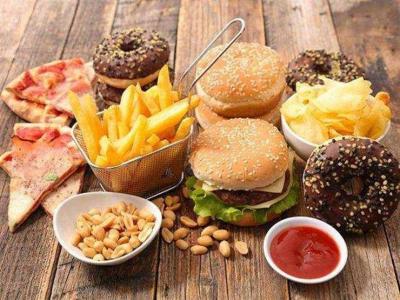Recent findings from an American study indicate that an individual's food choices are significantly influenced by their surrounding social environment in certain cases. The study, conducted by American researchers and published in the scientific journal "Nature Human Behavior," pointed out that food choices among colleagues can affect individual selections in a cafeteria buffet, for example. The study lasted for a year.
Douglas Levy, one of the study's authors from Massachusetts General Hospital (MGH), stated in a hospital press release: "We found that some individuals reflect the eating habits of others in their social environment, which may explain the spread of obesity through social networks." Levy noted that this unconscious influence also applies to healthy food choices.
The study lasted over two years and examined the influence of social environments on the food choices of approximately 6,000 hospital workers of different ages, who eat at seven cafeterias within the hospital.
### Analysis of Payment Data
The researchers employed a traffic-light-style rating system to evaluate the healthiness of foods in the seven cafeterias, designating green for healthy foods and drinks, yellow for moderately healthy options, and red for unhealthy foods and drinks. The scientists analyzed payment card data from workers to determine the time intervals between when two individuals purchased food and how often they ate together over several weeks, as well as whether two people decided to change the cafeteria they went to. They used this data as an indicator of social connections among specific individuals.
Levy explained that "two people who purchase their food within two minutes are likely to know each other better than two people who buy their food 30 minutes apart." To verify their method, the researchers surveyed a group of over 1,000 workers, asking them to confirm the names of colleagues identified by the scientists as food partners for members of that group.
The data showed that socially connected individuals often choose the same foods, regardless of whether they are healthy or unhealthy.
### The Phenomenon of "Homophily"
In the next step, the scientists examined whether social networks actually influence food behavior, or if individuals with similar lifestyles and favorite foods are more likely to become friends. This phenomenon is known in research as "homophily," which can be colloquially rephrased as "birds of a feather flock together."
But why do socially connected individuals choose the same meals? The researchers identified peer pressure as a reason, with Levy stating that "some people might change their behavior to support their relationship with someone in their social environment." He added that workers can also give each other implicit or explicit "permission" to choose unhealthy foods or exert pressure to opt for healthy options.
### Importance of Study Results
The researchers believe that these findings can help intentionally influence individuals to prevent the spread of obesity in society. They suggested offering a "two-for-one" deal on salads and other healthy foods while providing no discounts on items like burgers and fries.
### Previous Study Findings
British researchers discovered in another study published in the journal "Nature Food" that simply rearranging the presentation of the menu in a cafeteria could lead customers to reduce their meat consumption and increase their vegetable intake. They explained that if a vegetarian meal is placed earlier in the menu in comparison to a meat option, customers are more likely to choose the healthy meal, but noted that this effect only occurs if the distance between the two offerings is sufficiently large and unhealthy food is out of sight.




